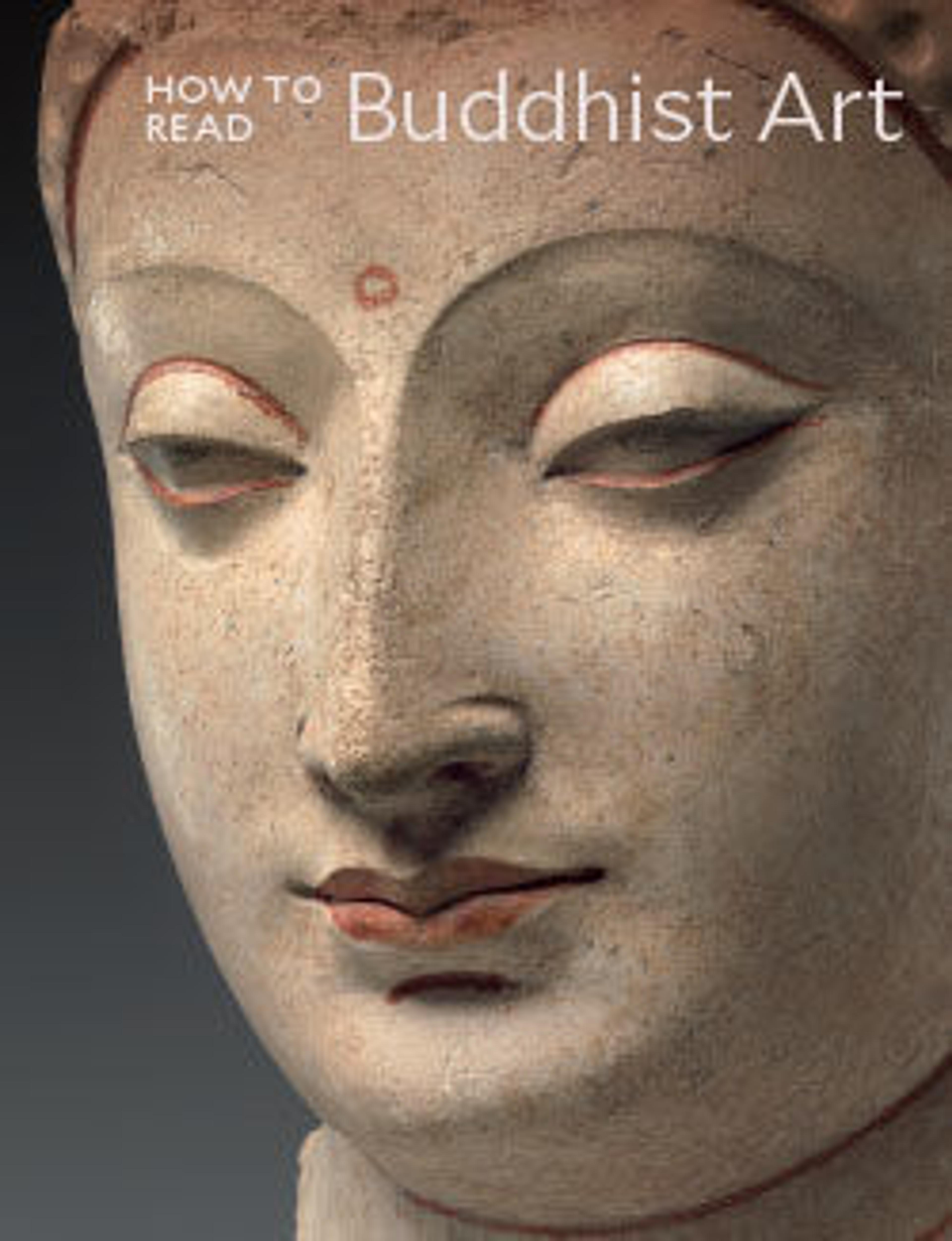Arhat (Luohan)
This life-size sculpture is part of a group of sixteen figures that have been known in the West since 1913. Thought to have come from a cave in Yixian, Hebei province, they represent arhats (or luohans, as they are known in China). Arhats were thought to have achieved an advanced state of spiritual development, and were revered as protectors of Buddhism.
Regarded as masterpieces of ceramic sculpture, for their size, naturalistic modeling, and the quality of their three-toned (sancai) glaze, they can be dated securely to the late tenth or eleventh century based on material discovered in 1983 at an ancient kiln site near Beijing.
Regarded as masterpieces of ceramic sculpture, for their size, naturalistic modeling, and the quality of their three-toned (sancai) glaze, they can be dated securely to the late tenth or eleventh century based on material discovered in 1983 at an ancient kiln site near Beijing.
Artwork Details
- 遼 三彩羅漢像
- Title: Arhat (Luohan)
- Period: Liao dynasty (907–1125)
- Date: ca. 1000
- Culture: China
- Medium: Stoneware with three-color glaze
- Dimensions: Figure: H. 41 1/4 in. (104.8 cm)
Base: H. 6 3/4 in. (17.1 cm); W. 36 in. (91.4 cm); D. 33 in. (83.8 cm) - Classification: Sculpture
- Credit Line: Frederick C. Hewitt Fund, 1921
- Object Number: 21.76
- Curatorial Department: Asian Art
More Artwork
Research Resources
The Met provides unparalleled resources for research and welcomes an international community of students and scholars. The Met's Open Access API is where creators and researchers can connect to the The Met collection. Open Access data and public domain images are available for unrestricted commercial and noncommercial use without permission or fee.
To request images under copyright and other restrictions, please use this Image Request form.
Feedback
We continue to research and examine historical and cultural context for objects in The Met collection. If you have comments or questions about this object record, please contact us using the form below. The Museum looks forward to receiving your comments.
